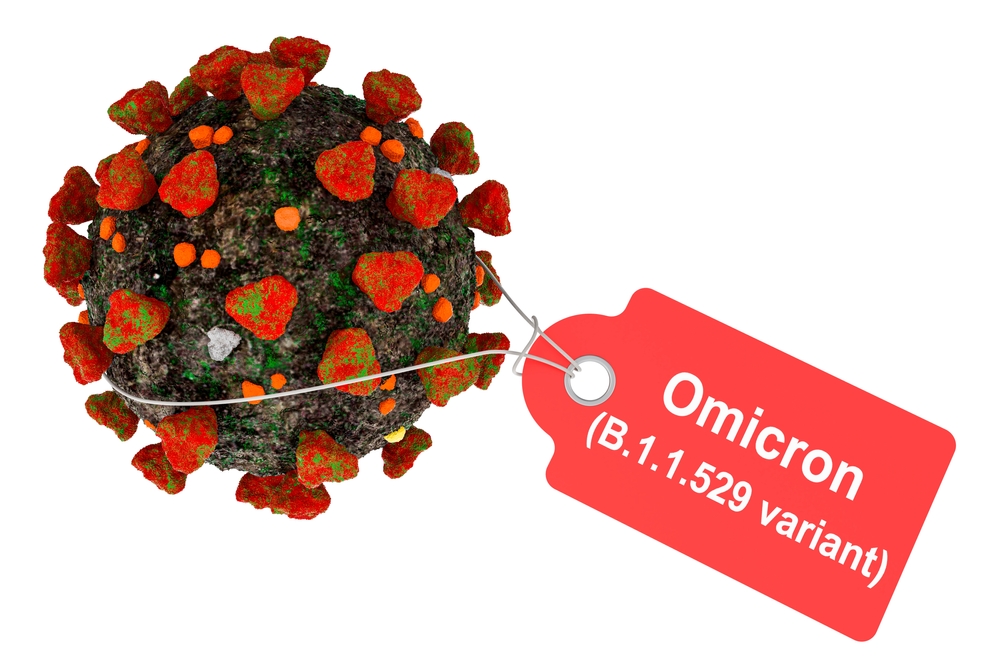
Scientists are concerned
Omicron doesn’t just have a unique name, but it also has a unique constellation of mutations. This means that it has approximately 30 changes in the spike protein, which the virus uses for breaking into cells. This includes some mutations that are found in other variants, such as Alpha and Delta.
There are also about 20 other viral tweaks that are dissipated in other proteins. This helps the virus replicate inside cells or mingle with early immune responses.
There are many previous studies on some of the spike mutations in different variants that are helping researchers make guesses at the consequences some of the differences in Omicron might have.
For example, Omicron and Alpha have a common mutation called P681H. This helps the virus transmit person-to-person when it is combined with two other changes.
Other studies found that a combination of two mutations, Q498R and N501Y, are able to help the virus to bind more efficiently to the protein ACE2, which is the virus’s path to enter host cells.
Things don’t stop here. In addition to that, there are also several missing amino acids that can be found in a region of the spike named the N-terminal domain. This is usually the target for immune proteins called neutralizing antibodies that block the virus from breaking into cells.
Long story short, these mutations can help the virus disguise itself from the immune system. But these are just guesses, we don’t know anything for sure.
TAKEAWAY
What do you think about this new variant? Are you scared, or do you think scientists will be able to find the information they need, in order to fight this deadly virus?
Don’t forget to share your thoughts with us by leaving them in the comments section down below!












































